Touring Moplaco
At the dry mill, we were treated to a warm welcome, completed with a tour of the processing steps and a firsthand look at how they operate.
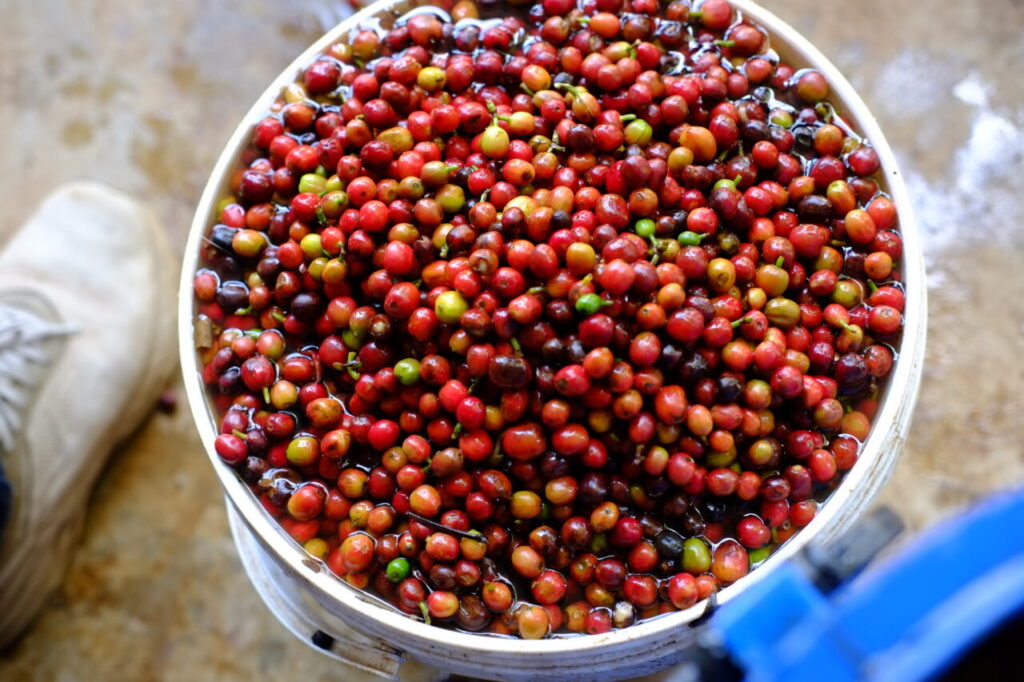
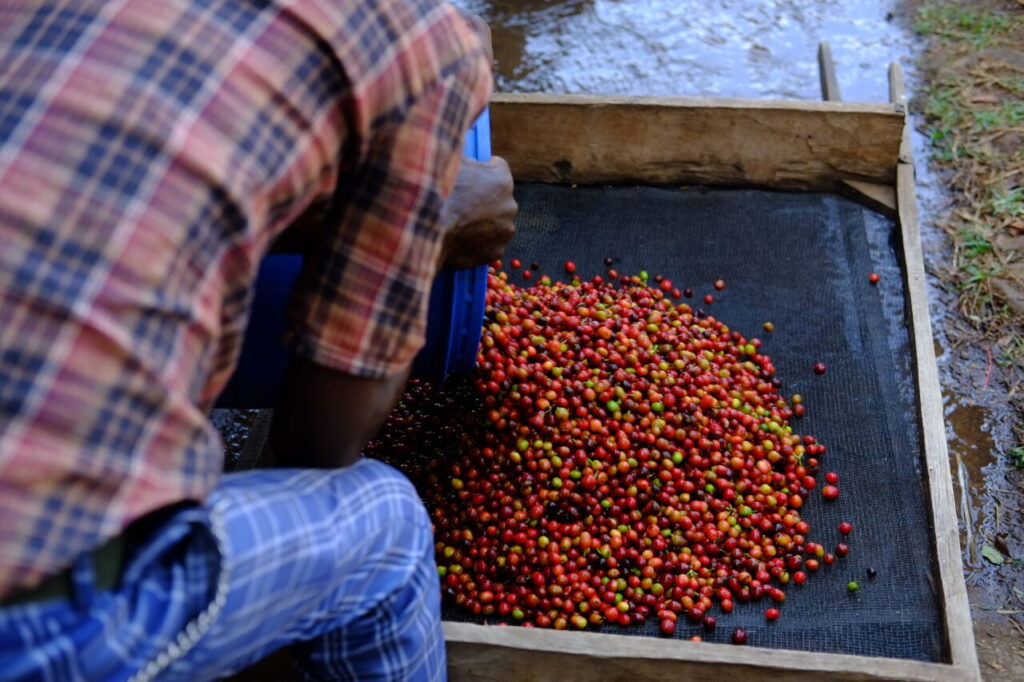
On the drive there, Heleanna took us to a former coffee farm that’s now disused.
The area used to have coffee trees, but they’ve been replaced by khat (a plant with mild psychedelic properties), which is a quick source of income, but unfortunately, it depletes the soil of its nutrients, leaving the farm barren and unsuitable for coffee farming.
It is a tough situation, especially considering that we’re seeing a decrease in coffee farms, and farmers struggling to make ends meet.
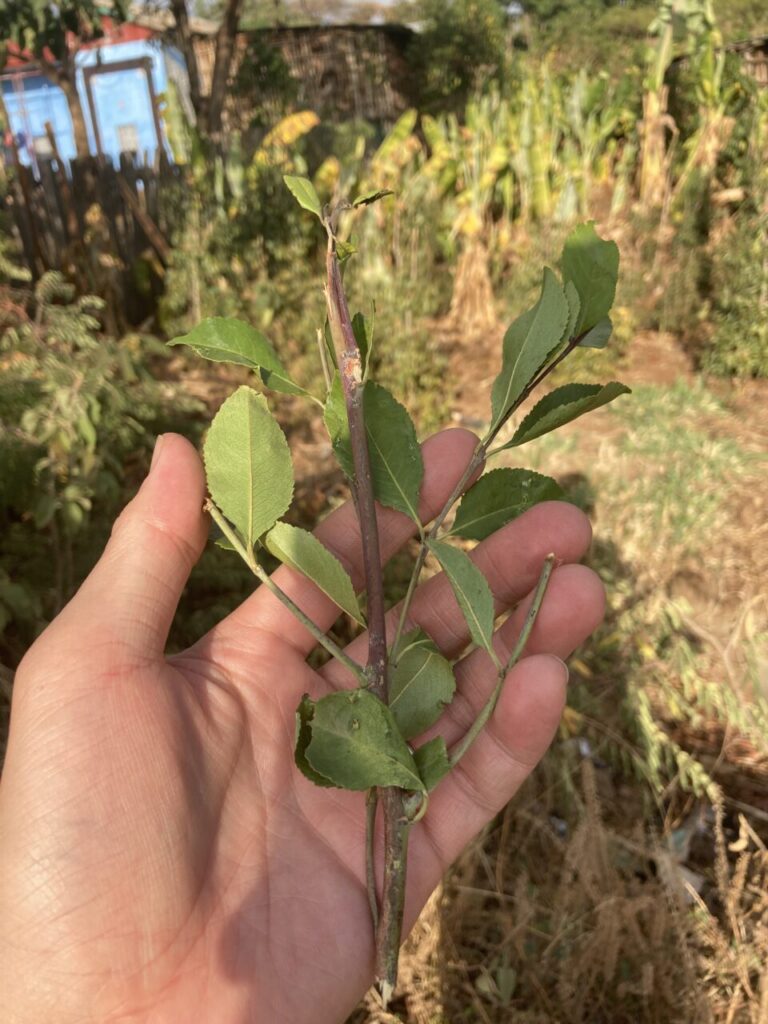
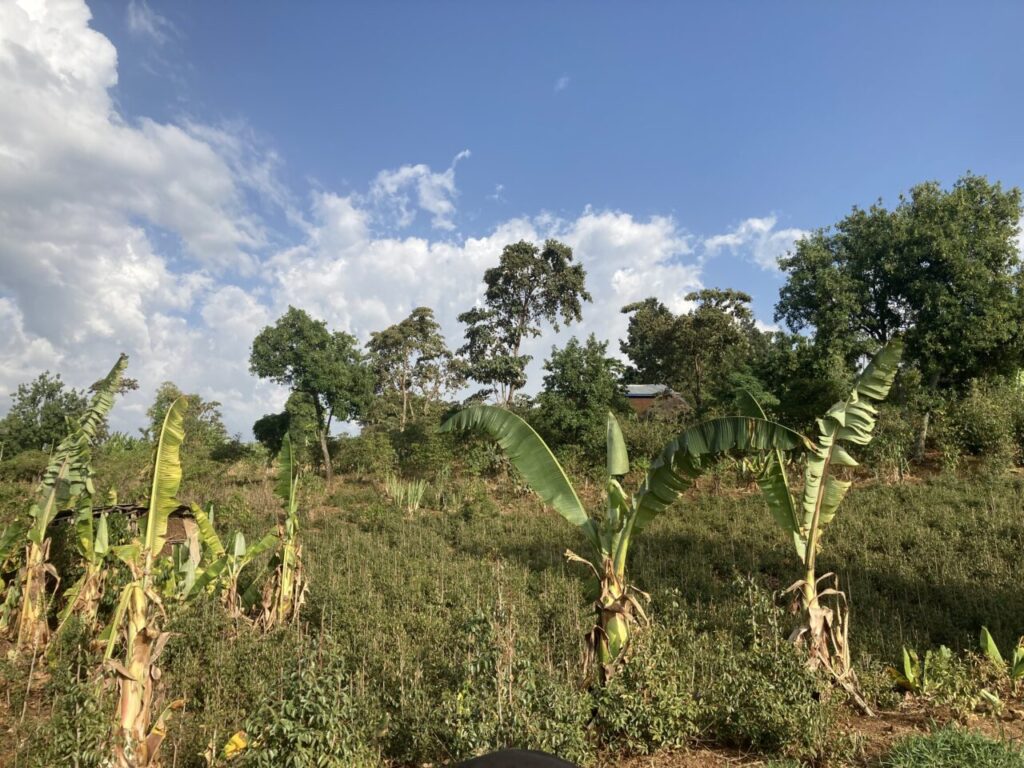
As a coffee professional and as a person, how should we approach this?
I don’t have a clear answer to that question at the moment.
Despite this, we feel that it’s our responsibility to do our best to bring as much of this amazing Ethiopian coffee to consumers as we can.
I also visited a school supported by Moplaco.
I was touched by the children’s innocent expressions.
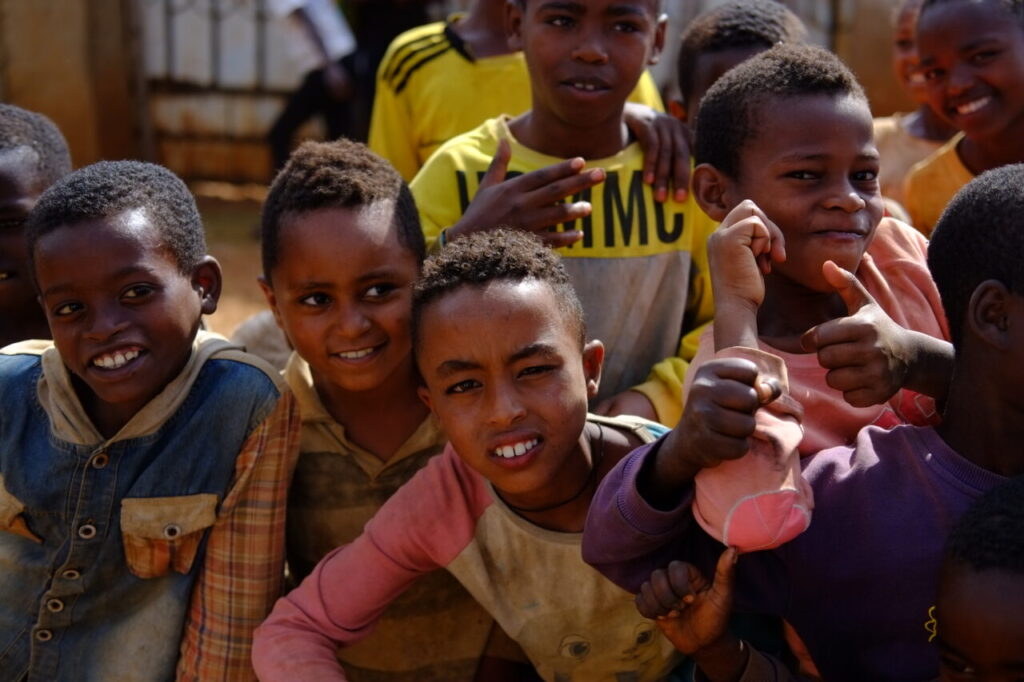
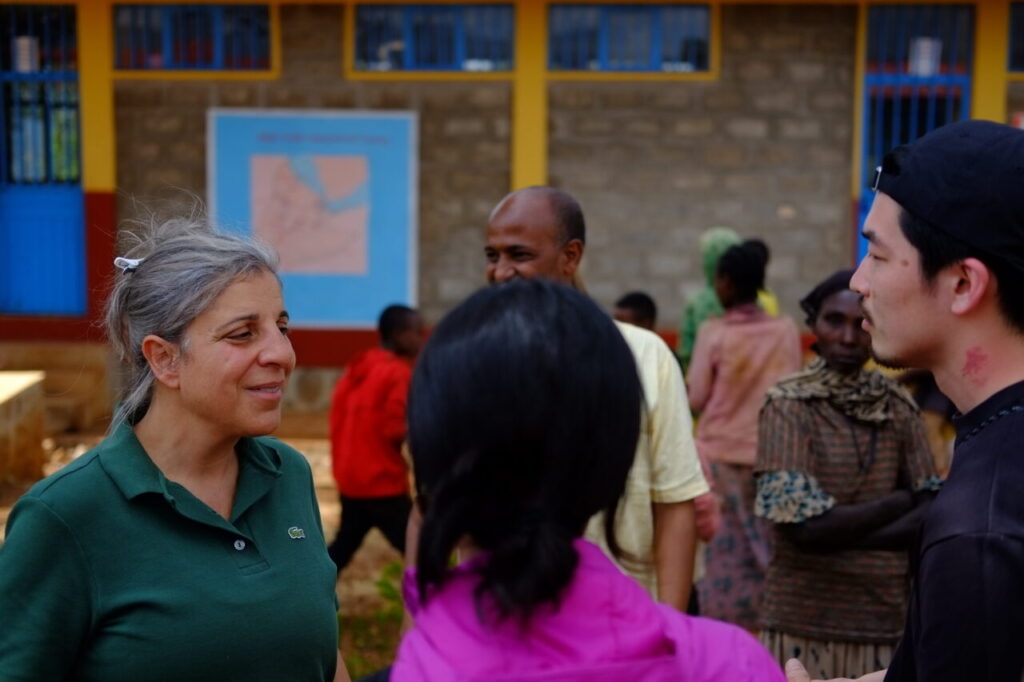
Being a Japanese-educated individual, I believe in the importance of education.We have experienced the values of education and the changes it brings. But Education systems in Ethiopia are not so well placed, as schools lack basic facilities and children lack the motivation to go to schools. There is a lack of basic school materials, infrastructure as well as distance; it sometimes takes 6kms to walk to the school under the rain and mud. Hence the drop out rate especially among girls that reach puberty is quite high.
What can be done to instill the value of education here? What can we do to encourage children to go to school? How could we contribute to this change?
As we traveled, it became clear that what’s considered normal in Japan is vastly different from what’s normal in Ethiopia.
We encountered numerous examples of this throughout the day.

